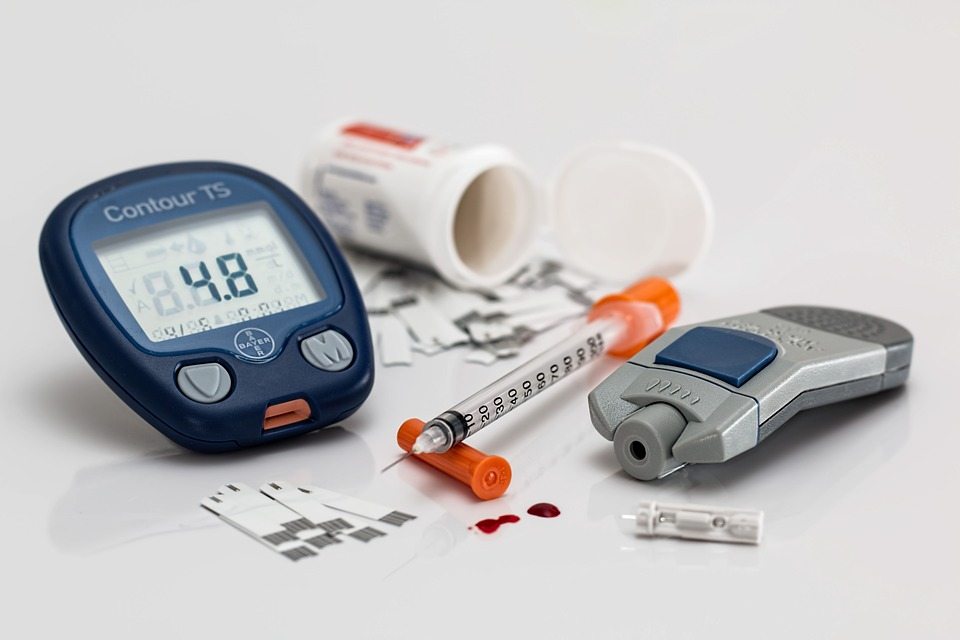A Type 1 diabetes patient took it upon herself to push diabetes technologies forward. She built a pancreatic system to monitor her diabetes, but more impressively, she gave it away for free.
Diabetes is one of the most common diseases in the world, with 8.5% global prevalence among adults over 18, which is about 422 million (WHO, 2014).
A #diabetes patient creates an #opensource treatment systemClick To TweetAccording to the American Diabetes Association (ADA), in 2015, nearly 1 in 10 Americans had diabetes. That’s 9.4% of the population, or 30.3 million people. Among those, 1.25 million have type 1 diabetes.
Type 1 Diabetes: Life set to the Rhythm of Glucose Alarms
Type 1 diabetes is a chronic autoimmune disease that destroys the pancreas cells that secrete insulin, the hormone regulating blood glucose or “blood sugar” levels.
Most TD1 cases occur before the age of 20, and from then on the patient will have to learn how to manage their disease throughout their adult life.
If monitoring blood sugar levels is important for type 2 diabetes patients, it’s crucial for TD1 patients.
TD1 patients must make decisions several times every day on the precise dose of insulin to be administered, either by injection or by insulin pump which they have to constantly adjust.
Errors may cause hyperglycemia, which can cause many of health complications associated with diabetes (blindness, amputations, kidney or cardiac failure in the most severe cases). Sometimes patients, afraid of hyperglycemia, overdose on insulin only to trigger hypoglycemia, which can lead to coma and even death.
Diabetes tech, CGMs (Continuous Glucose Monitor) and insulin pumps, have made things easier for TD1 patients. However, they still need to monitor their blood sugar levels throughout the day.
During the night, type 1 patients rely on alarms built into their blood sugar monitors.
Sounds tough, right?
It is. This diabetes-induced anxiety motivated one patient to take necessary steps to get control over her own health and life.
Dana Lewis’ Artificial Pancreas System
Alabama-born Dana Lewis is one of 1.5 million T1D patients in the U.S.–she was diagnosed at the age of 14.
Dana, as well as her friends and family, especially when she was living alone in Seattle, were afraid that the glucose alarm would not wake her up and that she would die of overnight hypoglycemia, or what’s grimly known as “dead in bed” syndrome.
First, the University of Alabama graduate used an open-source code to transfer the data from her CGM to the cloud and back to her again with louder alarms. Then, she made data shareable with her mother and boyfriend, just in case she didn’t wake up so they could call her.
Then, along with her husband Scott Leibrand, she took her system a step further and created a software so she no longer had to wake up several times to push the button on her pump.
Called APS (the Artificial Pancreas System), Dana’s system consists of, in addition to the algorithm, a CGM and insulin pump, to monitor blood sugar and automatically adjust the insulin pump around the clock, day or night.
Dana also made her creation free, via the Open APS organization, so that diabetes patients can DIY build their own system.
Recently, Fast Company put Dana Lewis on its “100 Most Creative People in Business” list for 2017.










Comments (0)
Most Recent